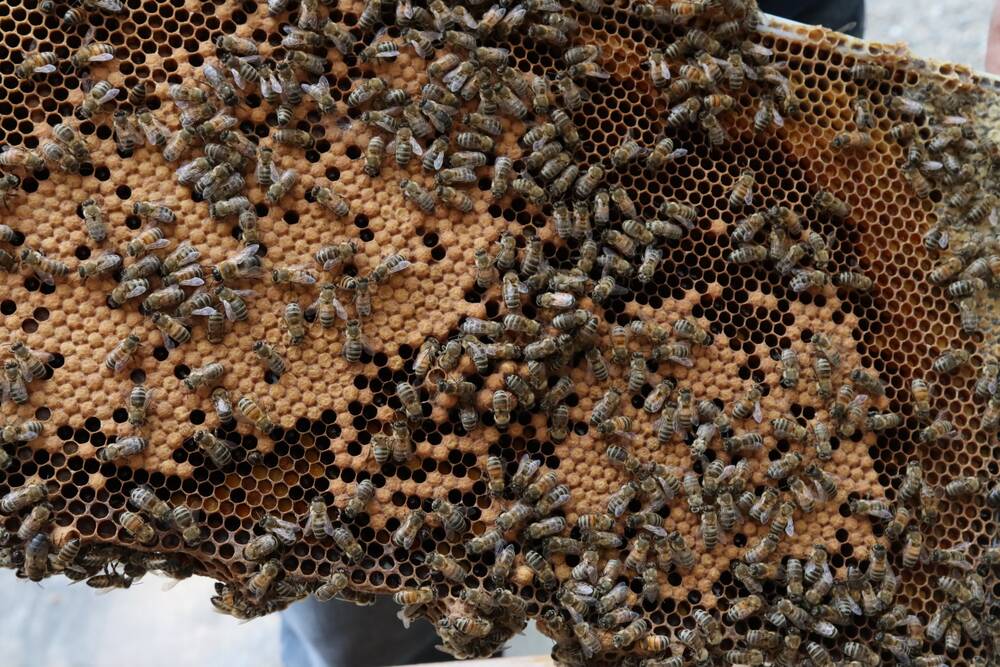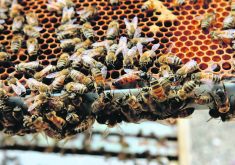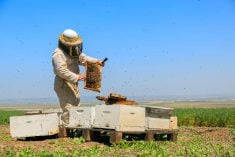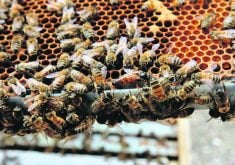It’s not the widespread bee mortality that dismayed beekeepers a few years ago, but Manitoba’s honey sector had some major losses over winter.
Provincial apiarist Derek Micholson says mortality counts are highly variable.
“There are a few that I talked to that had total wipeouts that have been around the industry for three or four decades and lost everything this year,” he said.
Read Also
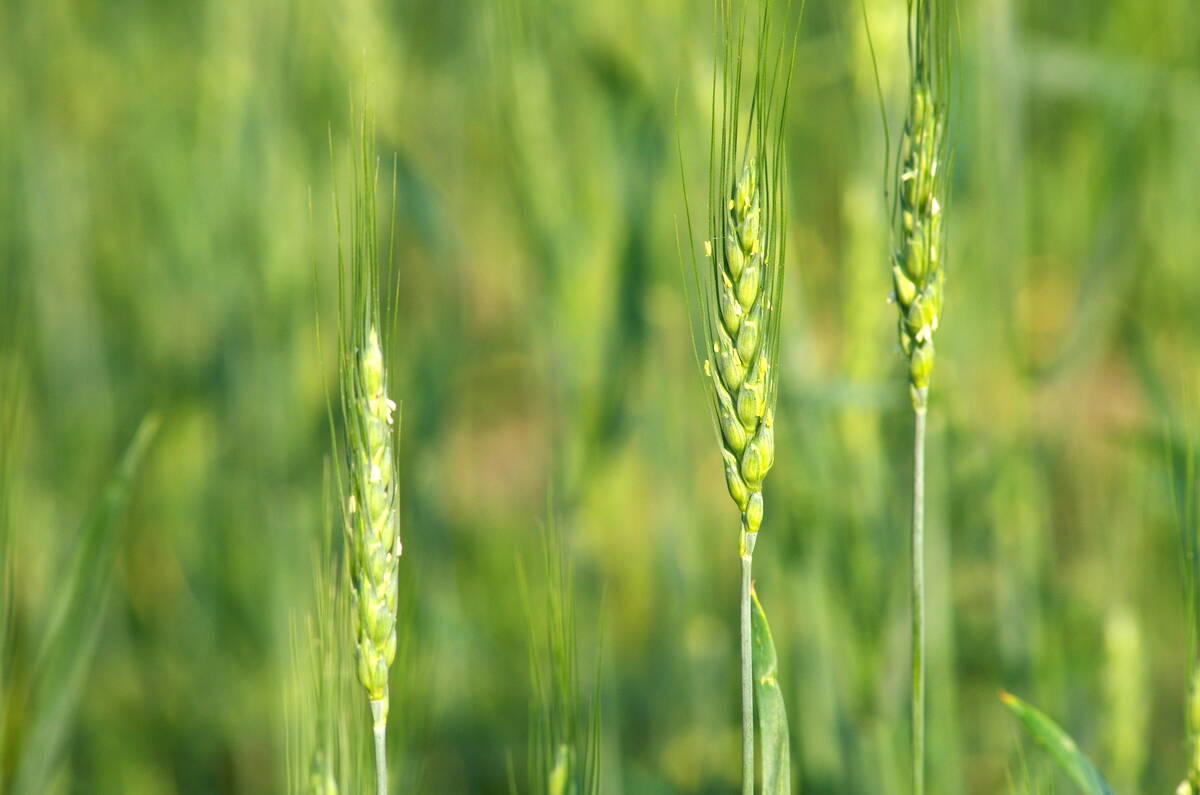
Code cracked on nitrogen-fixing wheat?
U.S. crop breeders have created a wheat variety capable of fixing its own nitrogen rather than relying on fertilizer.
Though some beekeepers had minimal losses, some larger operations had high hive mortality. Given their size, they’re likely weighing on the provincial average, Micholson said.
Responses to the provincial winter loss survey are still coming in, but initial numbers put colony loss around 40 per cent. That number may decrease as more surveys come in, Micholson said, but he expects the final percentage to land in the high ‘30s. The province has historically considered losses of 15 to 25 per cent as normal.
Why it matters: The honey sector has suffered multiple years of high bee mortality, worsened by an increasingly difficult fight against varroa mites.
Ian Steppler, chair of the Manitoba Beekeepers’ Association, said sales of replacement stock were at high volume earlier in the spring but demand slowed and prices dropped.
“That’s a good sign for winter losses, I think.”
Losses are significantly below two years ago, when Manitoba tallied a 57.2 per cent colony loss, the worst of any province, according to the Canadian Association of Professional Apiarists. Last year, 30 per cent loss was recorded.
Beware varroa
Weather and high varroa mite pressure top the list of suspects for this year’s losses, according to both Steppler and Micholson.
“I would say primarily it’s to do with the varroa mite,” Steppler said, adding that sampling on some of the worst hit farms suggests mites were a major culprit.
The mites weaken bees directly through feeding and are a vector for disease. Their resistance to standard treatments has become a top-of-mind worry, as tools such as Apivar become less effective.
“I think beekeepers are kind of blindly applying these treatments, thinking that they’re going to work, and they’re really not working as well as they have in the past,” Micholson said.
Beekeepers who tested the efficacy of last fall’s treatments saw evidence of resistance, Steppler also said.
“I think that’s what caught a lot of producers off guard … The treatment they used didn’t work, and then they see this huge loss. It was too late. They just couldn’t do anything about it.”
Experts say scouting and monitoring are increasingly important and samples should be taken after treatment to gauge effectiveness. Producers are also advised to consider a multi-pronged approach, such as incorporating formic or oxalic acid.
According to last year’s CAPA loss report, 97 per cent of Manitoba beekeepers treated hives for varroa mites.
Weather is a factor
Manitoba had a mild winter, but that might not have been best for the bees, Steppler said. He suggested mild temperatures put hives at greater risk for starvation because bees are more active and use more resources.
The season wasn’t entirely mild. Like other Prairie provinces, Manitoba was caught in a polar vortex in January.
“These warmer winters aren’t always a good thing, especially for the beekeepers that winter outside, that are more vulnerable to these kind of big temperature swings,” Micholson said.
“Sometimes what happens when the temperatures warm up, bees kind of start to think spring is on the horizon and the queen starts laying eggs. They start rearing more brood.
“Meanwhile, it’s the middle of winter and we get these big cold snaps again and either the brood dies off or those bees have wasted a ton of resources trying to raise brood.”
The drastic weather change likely affected the bee’s natural clocks. Bee biology in a winter hive is different than in the active season, Micholson said. Production of certain hormones stalls going into winter, allowing bees to put on more fat.
“If they kind of start kicking into brood production, then those hormones start to pick back up and they kind of have a hard time going back to winter mode.”
Warm falls may also be worsening the varroa issue, he noted. Manitoba has enjoyed warmer than normal temperatures from September to November in the last few years. While that’s nice for people, bees may not get their normal signals to start shutting down brood production.
Most producers do their fall varroa treatments in September and October, Micholson noted, and many of those treatments are less effective if there is a lot of brood in the colony.
“The beekeepers are kind of relying on the colonies to shut down brood production so these treatments can work, but that’s not happening. Then these treatments don’t work as well; these hives go into the winter with higher varroa mite loads and then, if you have these big temperature swings over the winter and brood being produced, then the varroa mites are also reproducing more… There’s kind of a whole host of problems.”


